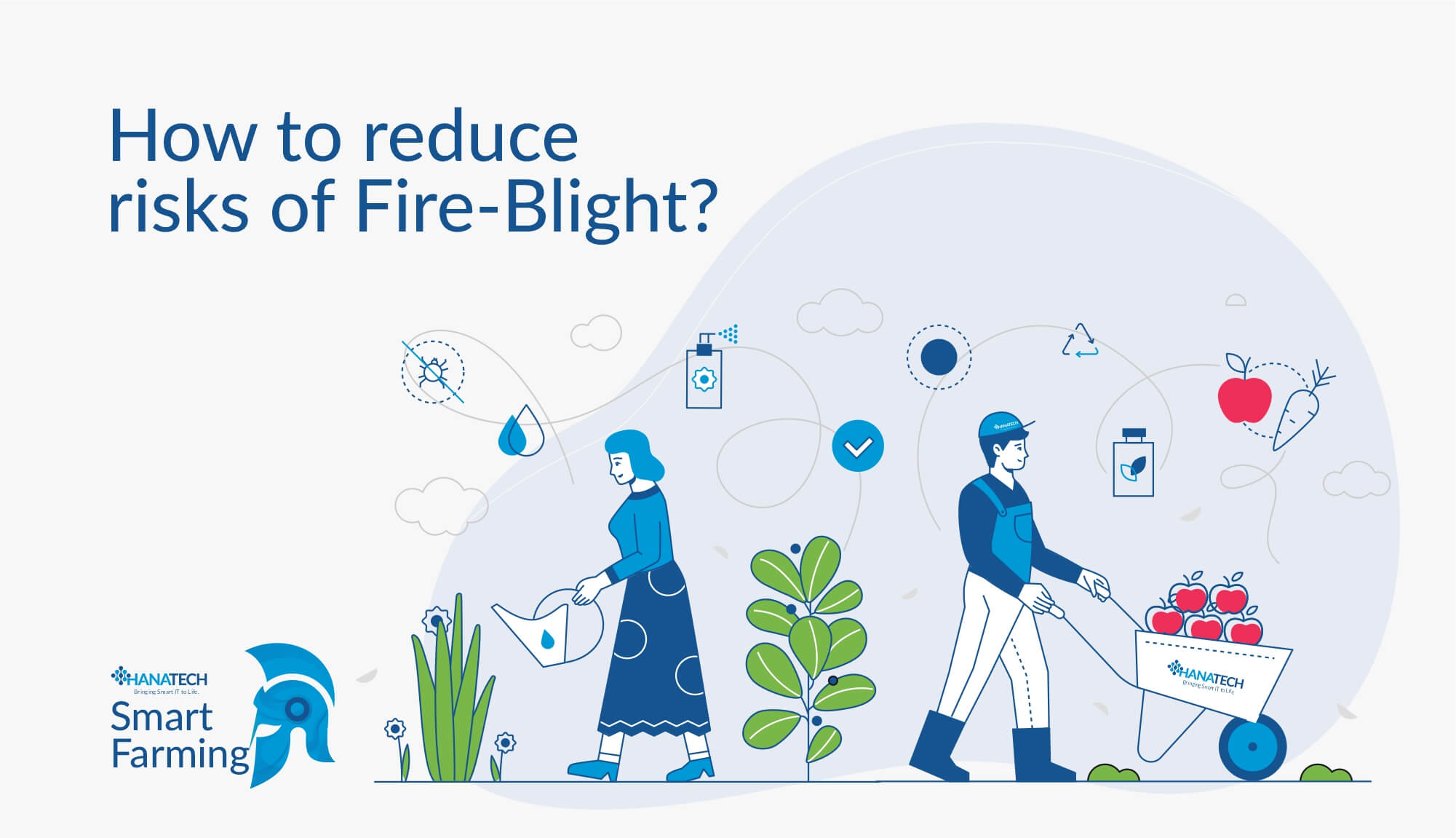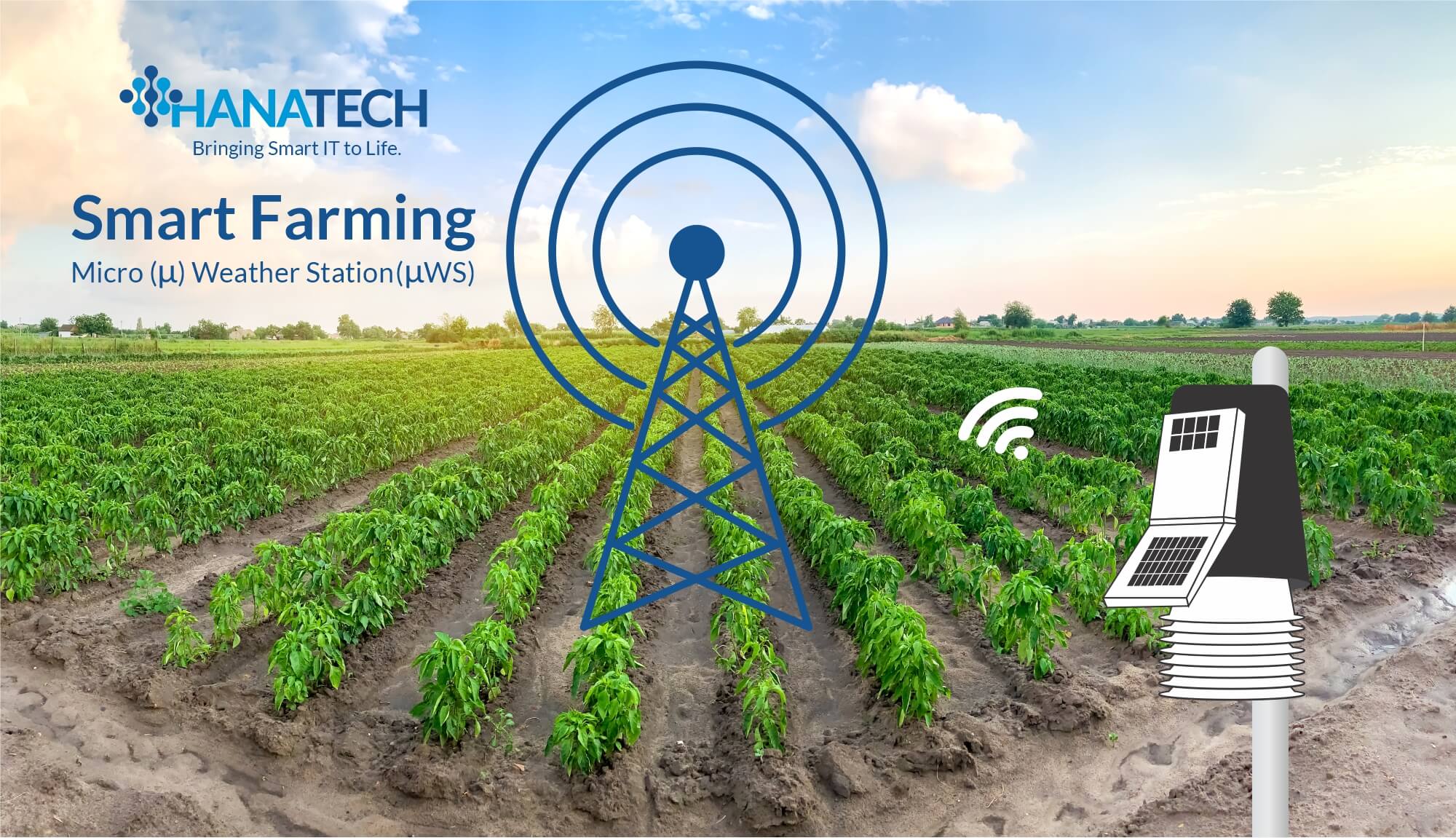

How to reduce risks of Fire-Blight?
Fire-Blight
In 2020, Global apple fruit market was 78 Billion USD and Canada had 43.41 thousand acres area of apples cultivated in 2020.

One of the threats to this product is Fire-Blight bacterial disease. Fire-Blight caused by the bacterium Erwinia Amylovora is a bacterial disease that can kill branches and whole plants of many members of the rose family, including apple, pear, quince and crabapple. It is a serious concern to apple and pear producers. Under optimal conditions, it can destroy an entire orchard in a single growing season. Blossoms will turn brown, wilt, and die about 1-2 weeks after infection occurs. There is no cure for Fire-Blight; however, some trees can be successfully pruned. Severely damaged trees may have to be removed. In some cases, the disease may have spread because homeowners were taken in by the fraudulent claims for a cure. Trees with a history of fire blight should be sprayed with a copper-based pesticide to reduce the build-up of bacteria on buds and bark. Sprays prevent new infections but won’t eliminate wood infections; these must be pruned out. In years when weather conditions are very conducive to fire blight development, it can be difficult if not impossible to control the disease. When Fire-Blight occurs, it results in:
- Death of apple trees sometimes numbered in thousands
- Diminishes production capacity of surviving trees
- Financial loss due to lost revenue from affected orchards, sanitation costs and orchard replacement cost
Also losses from Fire-Blight often number into many thousands of dollars due to:
- Loss of historical orchard investments
- Losing partial or entire crops
- Expensive quarantine and recovery measures

Hanatech Smart Farming Micro (μ) Weather Station
To overcome mentioned problems, we successfully implemented an automated Fire-Blight prediction algorithm solution based on the Maryblyt method by using machine learning techniques to analyze from diverse sources, including measurements obtained from our Smart Farming solution “Hanatech Micro (µ) Weather Station” and information provided by various weather forecast sites. Hanatech’s Micro (µ) Weather Stations collects a range of atmospheric and agricultural data such as soil moisture, temperature, humidity, air temperature, and outdoor light from out remote monitoring Micro (µ) Weather station and relays the information over our secured geographically dispersed LoraWan network to our OneSmartView™ cloud portal.
There are obvious problems with other Fire-Blight management methods, including the costs associated with spraying and its adverse effect on the environment. The first invented method-Maryblyt of measuring Fire-Blight risk is decades old, and we need to manage the risk by measuring it continuously, automatically, and affordably. Our Fire-Blight solution is capable of collecting new data and learning how to manage and auto calibration of sensors which was another problem effective on system accuracy. It can save your money and time by predicting high risk times of Fire-Blight.
Download Catalog: Hanatech Micro (µ) Weather Station (μWS)
Contact us to learn more:
[email protected]
1-844-HANATECH (902) 801-7922
